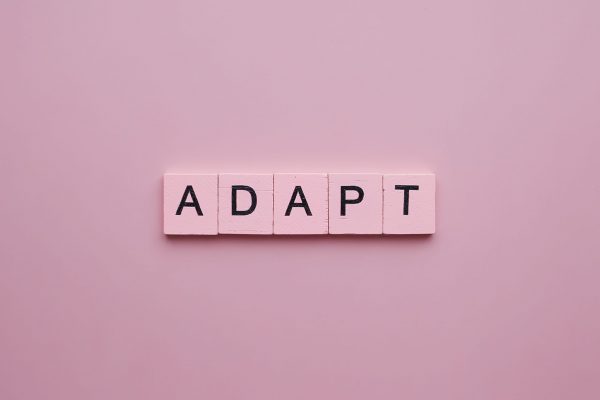
07 October 2020
Disrupt or be disrupted – emerging trends in advertising and how we can adapt
As the American author and speaker Brian Solis once said, “disruption is going to happen to you, or because of you”. Well, disruption has been happening to us all for the better part of this year and as a global community we’re having to find ways to disrupt back.
For the advertising industry, our relatively slow-burn disruption just got accelerated and some key trends have emerged:
- Integration: One discipline alone can’t carry a brand. In a fragmented, complex world disciplines need to be intertwined and seamless, and despite the approach of a few less agile players, the reality needs much more than ‘a merger’. Integration needs to be baked into the culture of an agency. Those that are winning, like S4 Capital and their agencies, have done it from the ground up and are using technology and platforms to drive change.
- Connection: Given the proliferation of channels and points of engagement brands can have with customers – from the rise of platforms such as TikTok to capitalising on the way consumers are digesting media with a significant increase in OTT advertising – a more connected experience is demanded. Brand experience is also now more critical than ever before and is a competency more ‘traditional’ agencies are building or buying.
- Diversification: Creativity, while still crucial for brand differentiation and distinctiveness, is no longer the key measure of success. It’s a more nuanced picture now requiring understanding of emerging market trends (informed and backed by research), and leveraging big data that underpins personalised, engaging content to lay the groundwork to allow great creative to sweat. As the marketing world becomes more fragmented and budgets decrease, agencies must be reactive and agile to drive meaningful brand change.
In the same way that some agencies adapted to the rise of digital, social, and content, some will evolve and thrive in this climate too. Others in this evolution however will fail, and new shops will capitalise on the gaps – and talent – in the market.
As we think about how to react, there’s a framework which provides an interesting lens. ADAPT is a framework within Blair Sheppard’s ‘Ten Years to Midnight: Four Urgent Global Crises and Their Strategic Solutions’, that he and his team at PwC use to describe the system of concerning issues that are at the heart of creating a future in which all can thrive:
- Asymmetry: Increasing wealth disparity and the erosion of the middle class.
- Disruption: The pervasive nature of technology and its impact on individuals, society, and the climate.
- Age: Demographic pressure on businesses, social institutions, and economies
- Polarisation: Breakdown in global consensus and a fracturing world, with growing nationalism and populism.
- Trust: Declining confidence in the institutions that underpin society.
As an industry, whose role it is to amplify the voice of our clients, deeply understanding the world in which we operate is critical to being an indispensable client partner.
As ADAPT alludes to, we are at a tipping point globally and can wait no longer. We must change now and change in the right direction. So, how should we apply ADAPT to our industry?
1. We must look after everyone in our industry and embrace inclusion and diversity at every stage. We must ensure equitable distribution of wealth across the agency spectrum. Clients should fully understand which people they are paying for and their value. Agencies should ensure client and team relationships are rooted in transparency and honesty.
2. We must embrace technological change but use our expertise to drive positive, meaningful outcomes rather than gimmicks, or worse, harmful intrusions. We can be at the forefront of using AI to create value for our clients, but we must do so responsibly. We can measure impact by long term positive change as well as immediate engagement, and help our clients understand how this drives sustainable brand success.
3. We must champion skillset over age and demonstrate the value this brings to our clients and more broadly society at large. We can be an industry that is at the forefront of all types of diversity, whether that’s helping people retrain after a previous career or creating apprenticeships – M&C Saatchi’s Open House and The Industry Club’s Marketing Debuts are two great examples, more need to follow. Success should be based on impact. Creativity, after all, has no age limit.
4. We must use our position as an industry that specialises in creating powerful messaging to create unity. The most powerful ideas are the ones that bring people together, around a common goal or consensus, and that forge connection and a force for good. Of course, this is easier for some brands than others, but any brand can do it and it can be more powerful when it comes from an unexpected place – think about State Street Global Advisors and ‘Fearless Girl’.
5. We must build trust above all else. We must build it with our clients: rather than blaming them for reducing creativity or not being brave enough. And we should build it in the societies in which we operate by being transparent about our own business, the clients we will and won’t serve, and how we work with the communities of which our agencies are a part.
If we take this on board, I believe the next time a major disruption happens we will be ready to disrupt it right back.